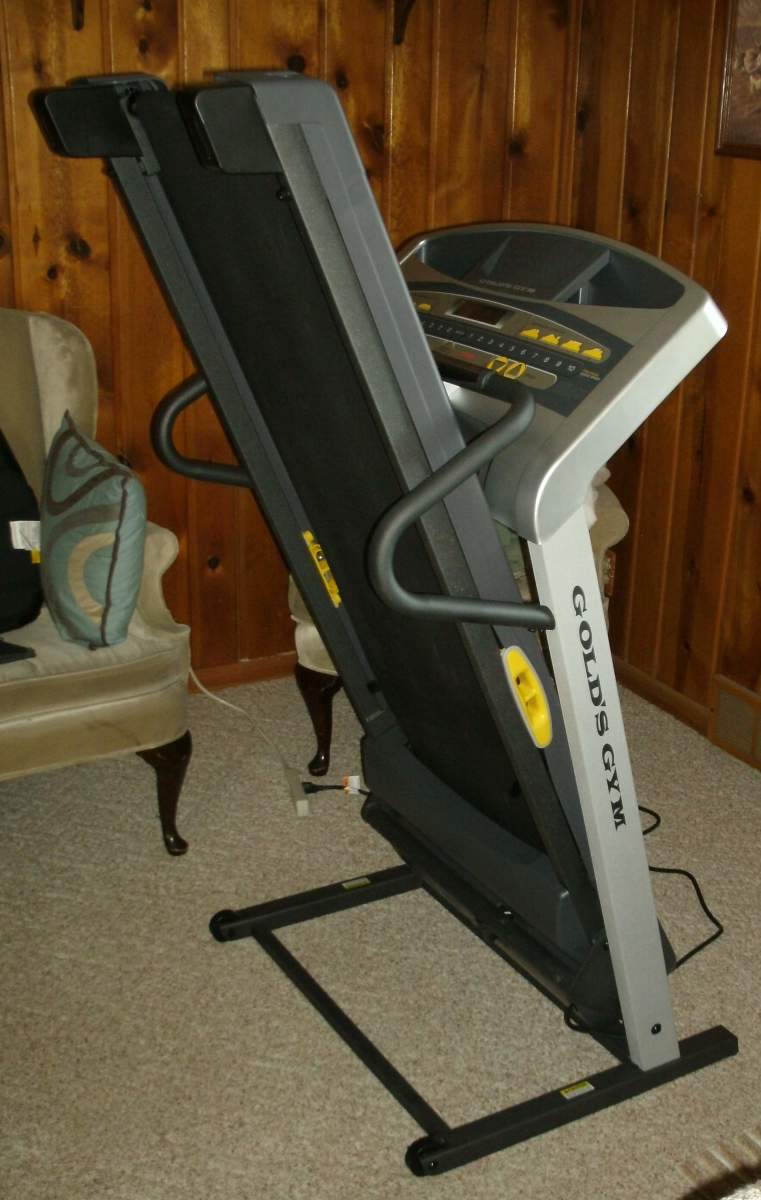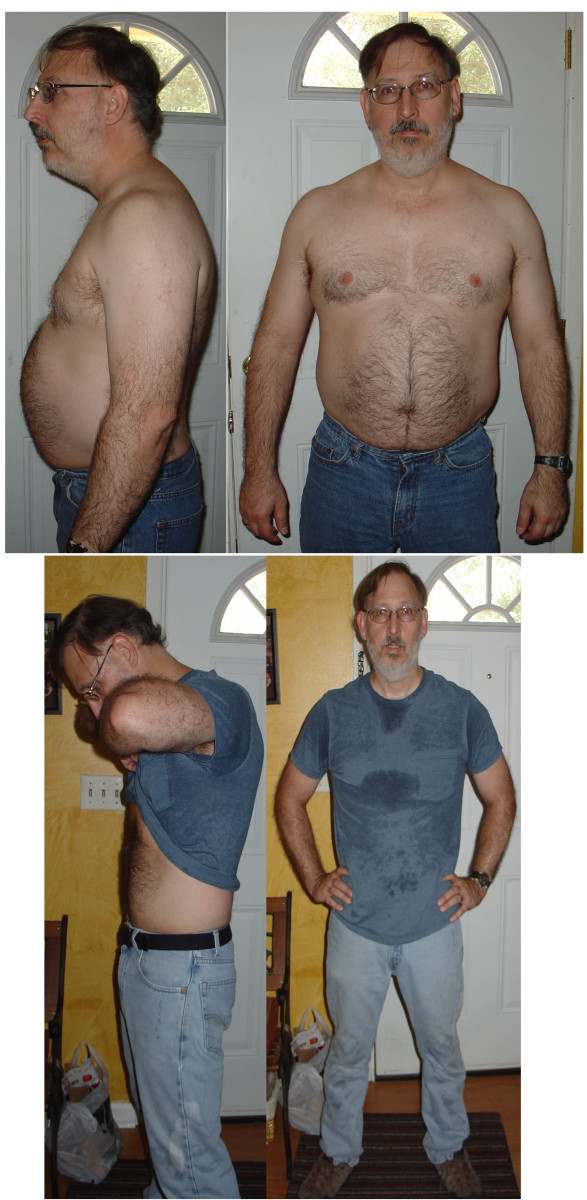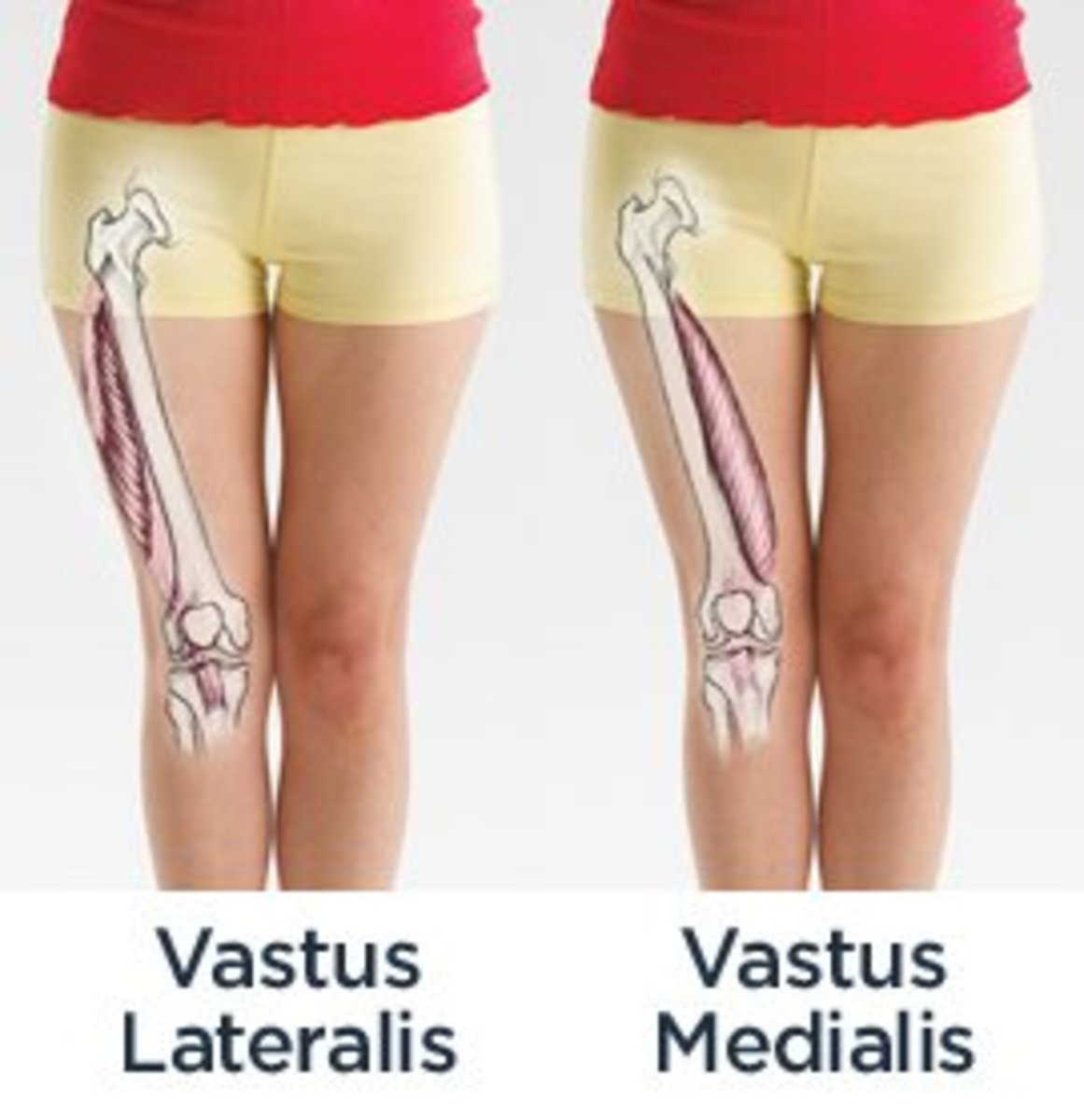The Fatburning Myth!

The fat burning zone is a myth. Like all myths though, it has its roots in fact. The fact that it is based on is this:
- Lower intensity workouts burn a higher percentage of your calories from fat.
- Higher intensity workouts burn a lower percentage of your calories from fat.
On this fact, the proponents and opponents of the fat burning zone agree. However, the proponents fail to recognize that just because you burn a higher percentage of your calories from fat, does not mean that you burn more fat.
For example, a person burns the highest percentage of fat when they are at rest. Yet in terms of absolute calories burned from fat, a person at rest is burning very few. An estimate for 150 lb. person is that they burn about 60 calories per hour at rest. Of those, 40 calories are burned from fat for a percentage of 66%.
At the other end of the scale, a person exercising at high intensity is burning a low percentage of their calories from fat. Yet even with a low percentage of calories being burned from fat, in terms of total calories from fat being burned it can be quite substantial. An estimate for 150 lb. person is that they burn about 350 calories walking at 4 mph. Of those, 140 calories are burned from fat for a percentage of 40%.
Now, a proponent may say that this falls into their fat burning zone.
Indeed, this example may be within what they call the fat burning zone. However, the example is used to show that talking about percentage of calories burned from fat is not really useful. In terms of weight loss, the absolute amount of calories burned from fat should be used by proponents of the fat burning zone, instead of percentage of calories burned from fat.
Now, by high intensity, I mean a person exercising at a high level of intensity that can be sustained over a period of time. I am not talking about a level of exertion that cannot be sustained. Exercising till you drop risks injury and burnout. For someone just beginning, they should stay at a comfortable level of exertion.
Unfortunately, proponents of the fat burning zone tend to equate high intensity exercise with anaerobic exercise. This is not the case. Longer sprint activities, say running a sub 5 minute mile, are partially aerobic in nature. However, the definition of high intensity is for something sustained over a period of time, for example, 15 minutes or more.
Having dispelled one tenet used by proponents of the fat burning zone, let us look at another. Proponents will say that calories burned from carbohydrates do not contribute to weight loss. It seems a reasonable tenet. After all, we are interested in losing body fat.
What proponents of this myth fail to address is that the glycogen that is burned during exercise must be replaced. The body does this using the food you eat. Therefore, calories that would possibly be going to body fat are used to replenish those that were burned.
Finally, the nail in the coffin are the many studies that show that what really counts in weight loss is the caloric deficit that is created, not the intensity of the exercise.
In a study that appeared in the 'American Journal of Clinical Nutrition', two groups of women exercised. One group exercised at high intensity while the other at low intensity. Both groups burned equal amounts of calories. However, for the low intensity group this meant that they had to exercise for a longer period of time in order to equal the caloric burn of the high intensity group. Both groups lost the same amount of body fat. This in spite of one group burning more calories from fat, the other from carbohydrates. Therefore, the absolute amount of calories burned from fat during exercise is not important, but the overall caloric burn is important.
In short, body fat gained or lost represents the long term balance between caloric intake and caloric burn.
This balance can be affected in two ways. The first is to reduce the number of calories that one eats. The second is to burn off the calories through exercise. One common mentioned way to lose body fat is to utilize both. For example, a reduction of 500 calories eaten per day combined with an expenditure of 500 calories yields an approximate 2 pound loss of body fat over a week. INDIVIDUAL RESULTS MAY VARY.
Why should someone exercise at high intensity? The answer is that it takes less time to burn a given amount of calories. An estimate for a 150 pound person to burn 500 calories by walking 4 mph is that it would take 1 hour, 26 minutes. Walking at 5 mph would reduce the time to 52 minutes. Running at 6 mph would reduce the time to burn the same 500 calories to approximately 45 minutes.
Why should someone not exercise at high intensity? Possible injury, lack of enjoyment, burnout, and lack of fitness are just four reasons.
As an example, the former American Olympic Race Walking coach, Bohdan Bulakowski has his athletes train at four different levels. Low intensity days are called Walk 1 days and are performed at 60% to 75% MHR. Walk 2 days are higher intensity and are in the range of 75% to 85% MHR. The two other levels are rhythm (or fartlek) workouts and sprints. Higher intensity days (walk 2, rhythm, and speedwork) are interspersed with low intensity days to prevent overtraining and injury.
To summarize then:
1) The fat burning zone is a myth with some roots in truth.
2) Body fat loss is dependent on calories burned, not the type of fuel that supplied those calories.
3) Mix up intensities to avoid overtraining and injuries.
4) Whatever exercise a person does, let it be enjoyable at a level of intensity that is safe.
Personally, I lost 60 pounds of body fat over the course of a year. I accomplished this through reducing the amount of calories I ate as well as increasing my exercise, which happens to be race walking. Race walking at 6 mph (my training pace) means that it takes me only 35 minutes to burn off 500 calories, though I do weigh more than the 150 pounds I used in the examples above.








